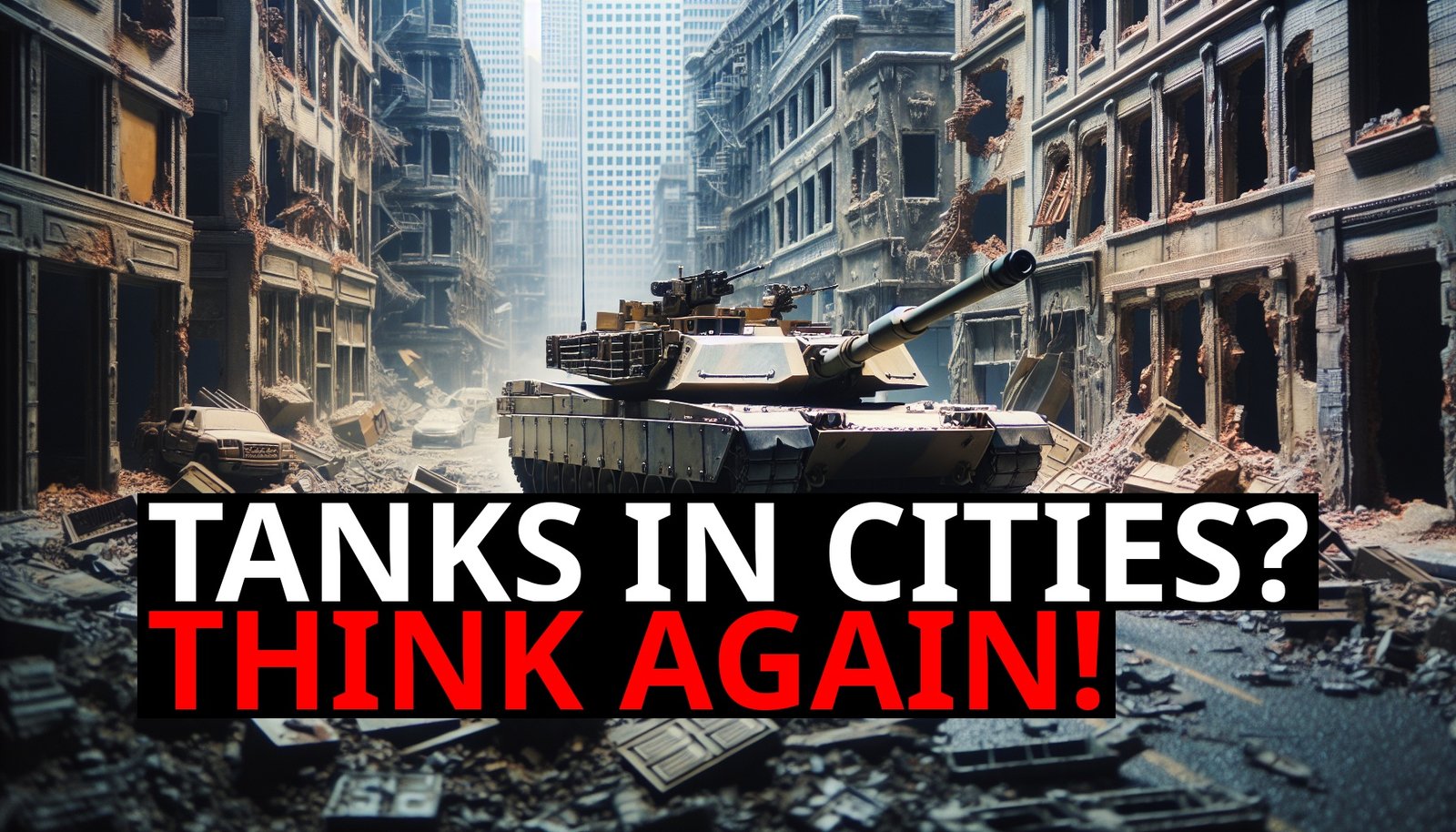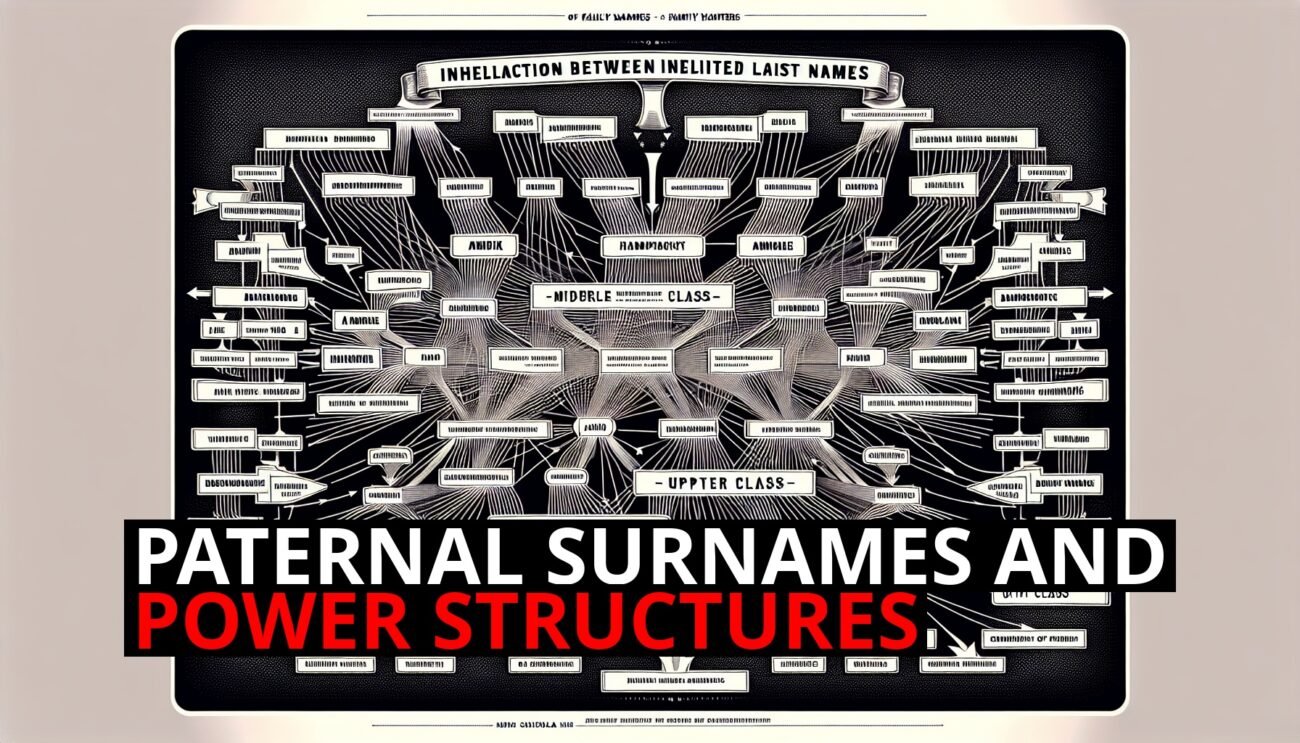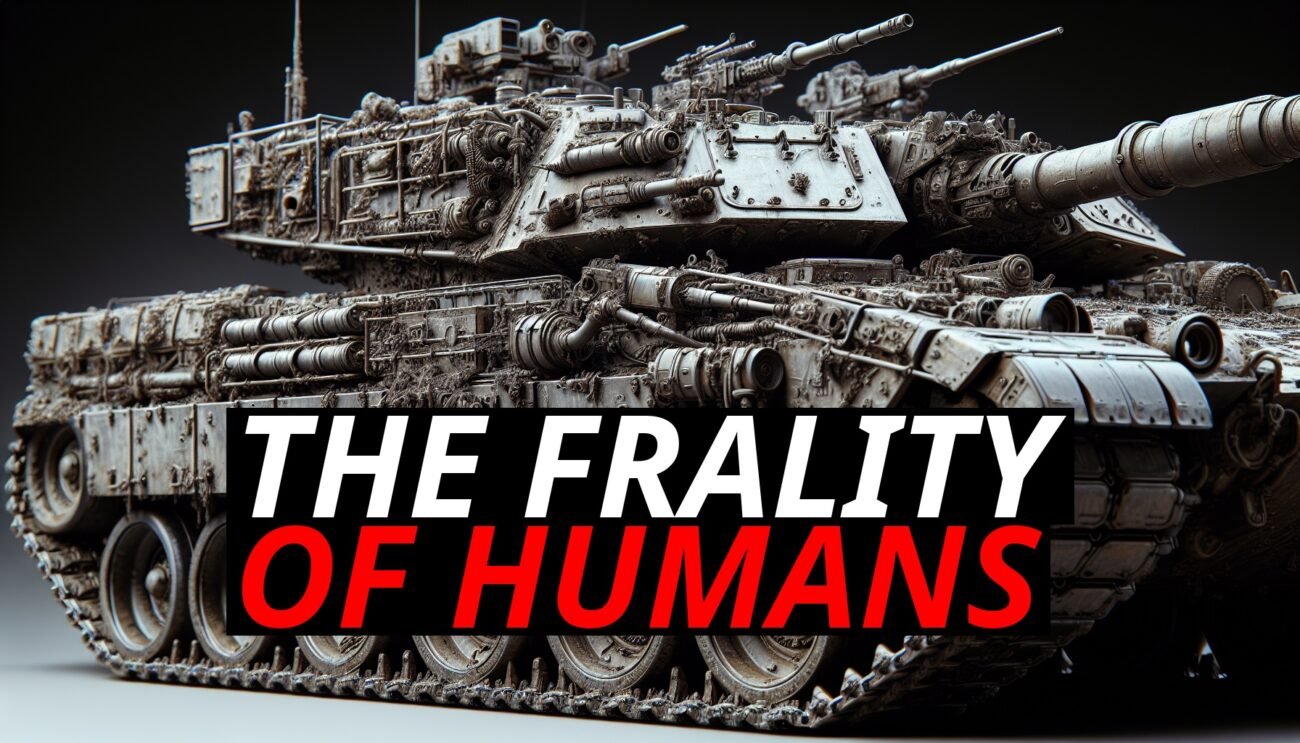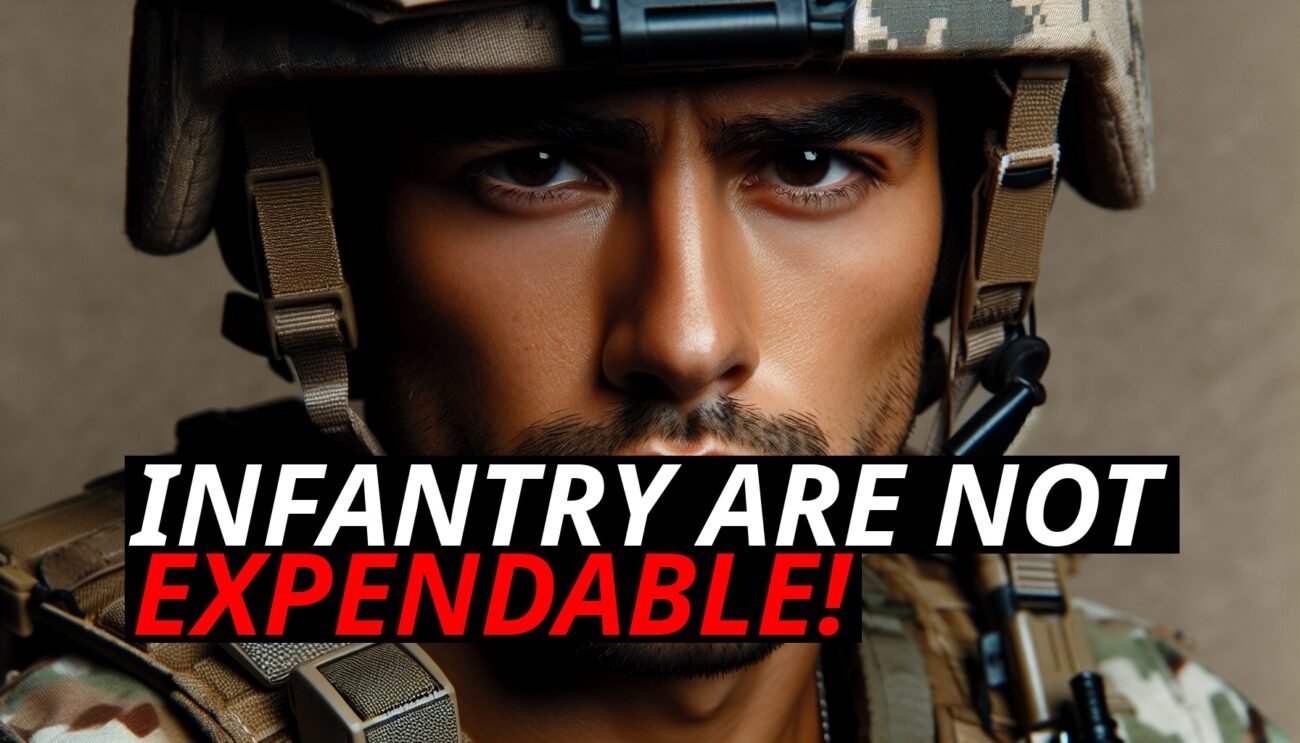Introduction
When it comes to urban warfare, the image of tanks rolling through city streets often sparks heated debates. Many argue that tanks are too vulnerable in such environments. But let’s clear up some misconceptions and understand why tanks are indeed a strategic choice in urban combat.
The Myth Of Vulnerability
- Universal Vulnerability:
– Reality Check: It’s a common fallacy to think that tanks are uniquely vulnerable in urban settings. The truth is, everyone is vulnerable in urban warfare—infantry, vehicles, and yes, tanks. The confined spaces, potential for ambushes, and fortified positions pose significant threats to all units.
– Tanks vs. Infantry: Given this universal risk, tanks actually stand out because their heavy armor makes them less vulnerable compared to infantry, who are far more exposed to dangers like sniper fire, IEDs, and close-quarters combat.
- The RPG Misconception:
– Tank Durability: Many believe that RPGs (Rocket-Propelled Grenades) make tanks obsolete in urban combat. However, modern tanks are designed to withstand such hits. Even if an RPG disables a tank, the crew often survives due to the tank’s protective armor.
– Infantry Vulnerability: Contrast this with infantry or lightly armored vehicles like Humvees. An RPG hit on these units usually results in significant casualties. So, when an RPG is launched, it’s far better for it to hit a tank than an infantry squad.
Historical Lessons
- Urban Meat Grinders:
– Battle of Stalingrad: Let’s take a trip back to World War II. The Battle of Stalingrad saw the Soviet Union losing over a million soldiers in urban combat. Infantry was extremely vulnerable in such close-quarters fighting.
– Modern Conflicts: Fast forward to Iraq and Afghanistan, where U.S. forces used tanks extensively in urban operations. For example, during the Battle of Fallujah, tanks led the assaults, breaching enemy defenses and providing crucial fire support, thereby reducing infantry casualties.
- The Israeli Experience:
– Merkava Tanks: The Israeli Defense Forces (IDF) have often used tanks like the Merkava in urban combat. These tanks are equipped with advanced armor and active protection systems, making them formidable in urban settings. The IDF’s tactics involve using tanks to absorb enemy fire, protecting infantry and minimizing casualties.
Strategic Use Of Tanks
- Minimizing Casualties:
– Tanks Absorbing Fire: Tanks are used to take the brunt of enemy fire. This strategic use of tanks helps protect infantry from being directly targeted.
– Human Life Preservation: It’s about preserving human lives. Tanks are mass-produced on assembly lines, but training a soldier takes years. Military planners often prioritize protecting personnel over equipment, understanding that tanks can be replaced, but human lives cannot.
- Effective Use of Combined Arms:
– Support Roles: While tanks take the lead, infantry can play support roles—securing areas, clearing buildings, and handling threats that tanks can’t address alone.
– Coordination: Effective communication and coordination between tank crews and infantry are essential to maximize the benefits of this strategy.
Technological And Tactical Adaptation
- Advanced Protection Systems (APS):
– Modern Defense: Many modern tanks are equipped with APS, which can detect and neutralize incoming threats like RPGs. This technology significantly enhances the survivability of tanks in urban environments.
– Technological Edge: These advancements allow tanks to operate more effectively in urban areas, providing a crucial edge in modern warfare.
- Strategic Deployment:
– Planning and Coordination: Effective use of tanks in urban areas requires meticulous planning and coordination. Ensuring that tanks are supported by other units maximizes their effectiveness and minimizes risks.
- Ambushes and IEDs:
– Universal Threat: Everyone can get ambushed; this is not unique to tanks. Plenty of infantry have been killed in ambushes. Tanks, with their heavy armor, can withstand blasts and ambushes better than unarmored or lightly armored infantry, thereby reducing the risk of casualties.
– Protection Advantage: When an ambush occurs, having tanks in the lead can absorb the initial shock and protect following infantry units from the brunt of the attack.
Conclusion
Of course, tanks are not invulnerable, but certainly humans aren’t either. Yes, you will lose tanks, but a lost tank is better than body bags for the infantry. Using tanks in urban combat is a strategic decision to reduce overall casualties. Tanks are less vulnerable than infantry due to their heavy armor and advanced protection systems, making them effective in absorbing hits and providing firepower support.
In the end, understanding the true role of tanks in urban combat helps debunk common myths and highlights the critical thinking behind military strategies. Next time you see a tank rolling through a city street in a conflict zone, remember—it’s there to reduce casualties for the infantry, even if it takes a hit or two along the way. This approach is certainly better than a funeral.













